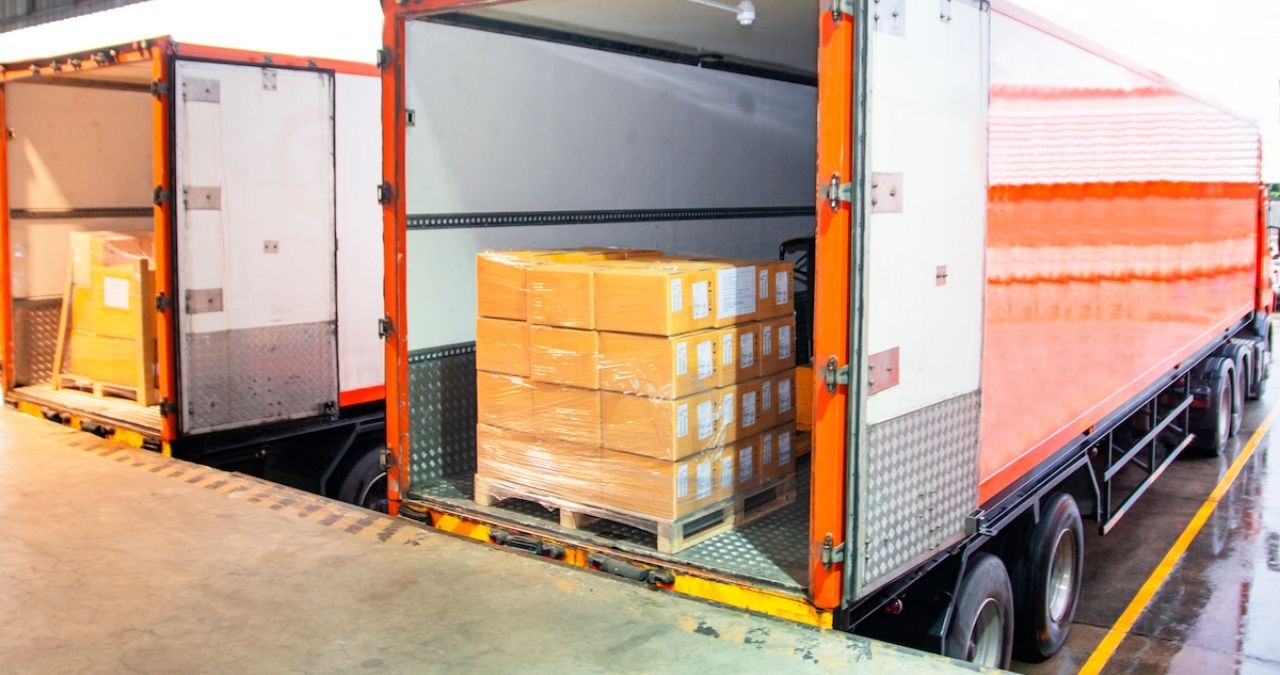
Cargo loading and unloading can be a hazardous process. Workers can be injured, equipment broken and warehouse structures damaged. In this article, we take a look at best practices to make the processes safer. Technology plays a big role in the safety, optimization, and efficiency of the loading and unloading processes.
Warehouse Loading and Unloading Good Practices
Technology
Using a centralized Warehouse Management System (WMS) helps with space planning. A WMS will plot freight dimensions and measure them against the availability of space for immediate off-loading. One of the key benefits is that a WMS will determine the optimum way to load. It will also help with timetabling when cargo needs to leave as well as when it will arrive. As a result, space planning alleviates cargo coming in and out from blocking each other.
A WMS will track the status of each activity. This empowers managers in real-time to give customers accurate updates on the status of their orders. Warehouse Management Systems can also inform suppliers in real-time of any changes that need to be made to their delivery schedules. A WMS links cameras, sensors, and lights all of which the system will use to monitor comings and goings.
Link Restraints
Modern restraints are automatic, which reduces the risk of injury or error. Restraints link to the master control panel to prevent any unloading until a trailer is firmly in place. Restraints will also not allow a driver to leave until the unloading receives approval. The restraints can also link to the WMS’s lights. These can then signal the status of the process to the driver and the loader, thereby keeping them constantly in communication
Barrier Gates
Barrier gates play an important role in employee safety. These gates prevent employees from tripping or falling off raised ledges. Even just a one-inch in elevation in a docking area can be dangerous. Barrier gates also keep workers clear of moving heavy machinery and cargo. Barrier gates connect to the master control panel and have warning lights to keep workers mindful of loading area traffic.
Communication Lights
Mounted lighting improves the visibility of the dock and loading areas and staff. Therefore, having these lights and connecting them to the centralized communication system can enhance operational safety. They will indicate incoming and outgoing trucks, and when a trailer is locked in place and is safe to open. They will also communicate to drivers when it is safe to leave.
Dock Levelers
The height gap between a trailer and a loading dock can be bridged by a dock leveler. However, what makes these particularly helpful is that they compensate for height variances that occur during the loading and unloading process which can cause the height of the trailer to fluctuate as weight is added or removed. Hydraulic levelers are faster and easier to use than mechanical levelers. Employees can operate the dock levelers with the touch of a button.
Daily Maintenance Routines
It is essential that docking areas and surroundings are kept free of any potential hazards like crates, cables, bins, and chains that might be lying around. Furthermore, inspect equipment and remote controls regularly to ensure that they are in proper working order. Ideally managers or supervisors should have a checklist that they must sign off.
Good practices make Sense
The purpose of establishing and implementing best practices is certainly about worker safety. However, it is also about efficiency. A well-planned, organized, and smooth running warehouse loading area allows improved productivity, thereby saving time and thus money.
Nebraska Warehouse One-Stop-Shop | Technology Enabled 3PL Value-Added Services Warehouse | Freight Broker | Logistics
Nebraska Warehouse doesn’t just help to facilitate your shipments, but we are truly a one-stop-shop solutions provider. Our services include:
-
- Professional Storage Development and Management
- Quality controlled Environment
- Responsive, Personal Customer Service
- Reasonable Price
- Real Estate Development and Management
- LTL & FTL Shipping
- Refrigerated Trucking & Storage
- E-Technology Software
- Transportation Freight
- Dedicated Contract Warehousing
- 3PL Public Warehousing
- 3PL Specifications
